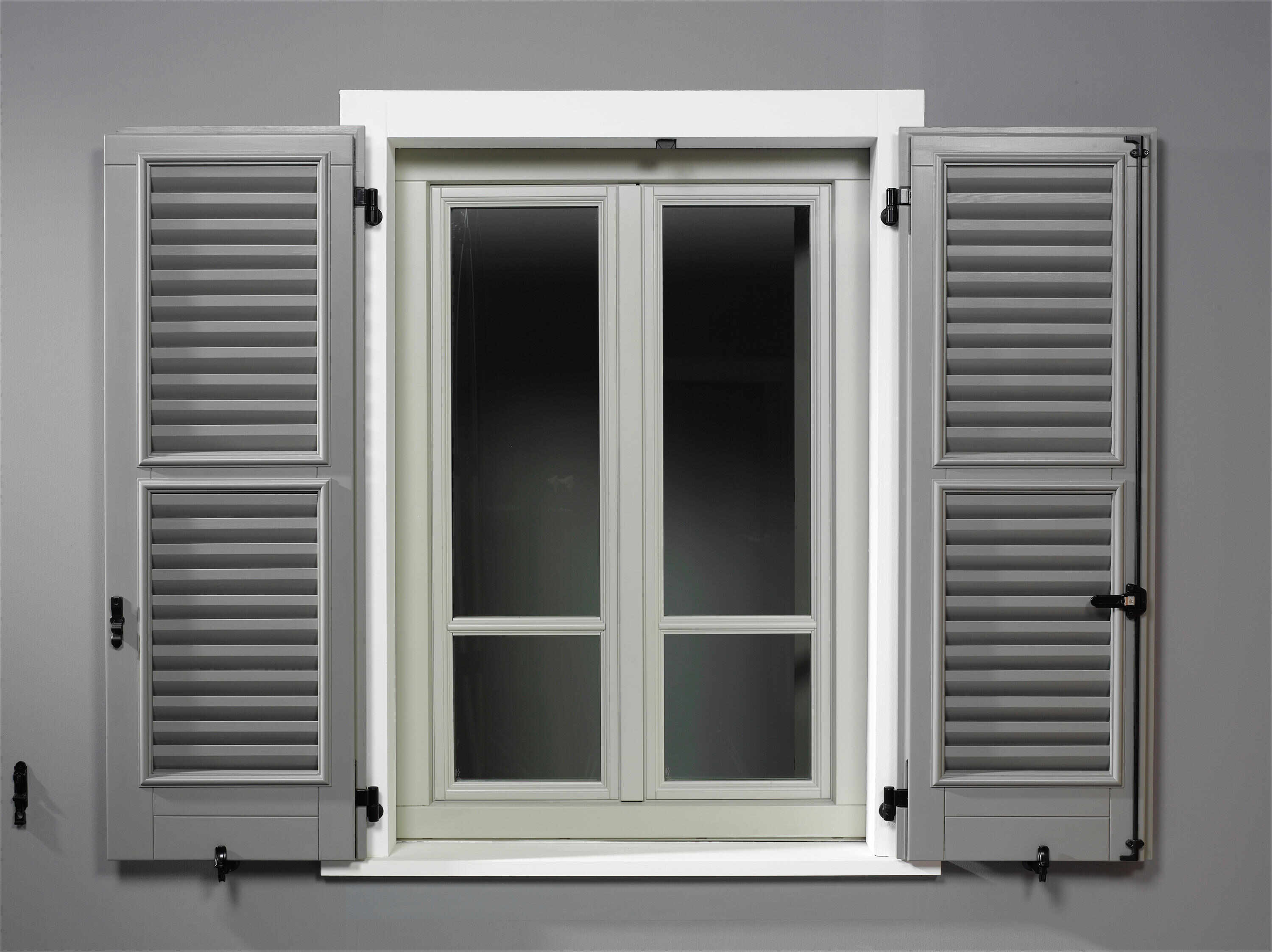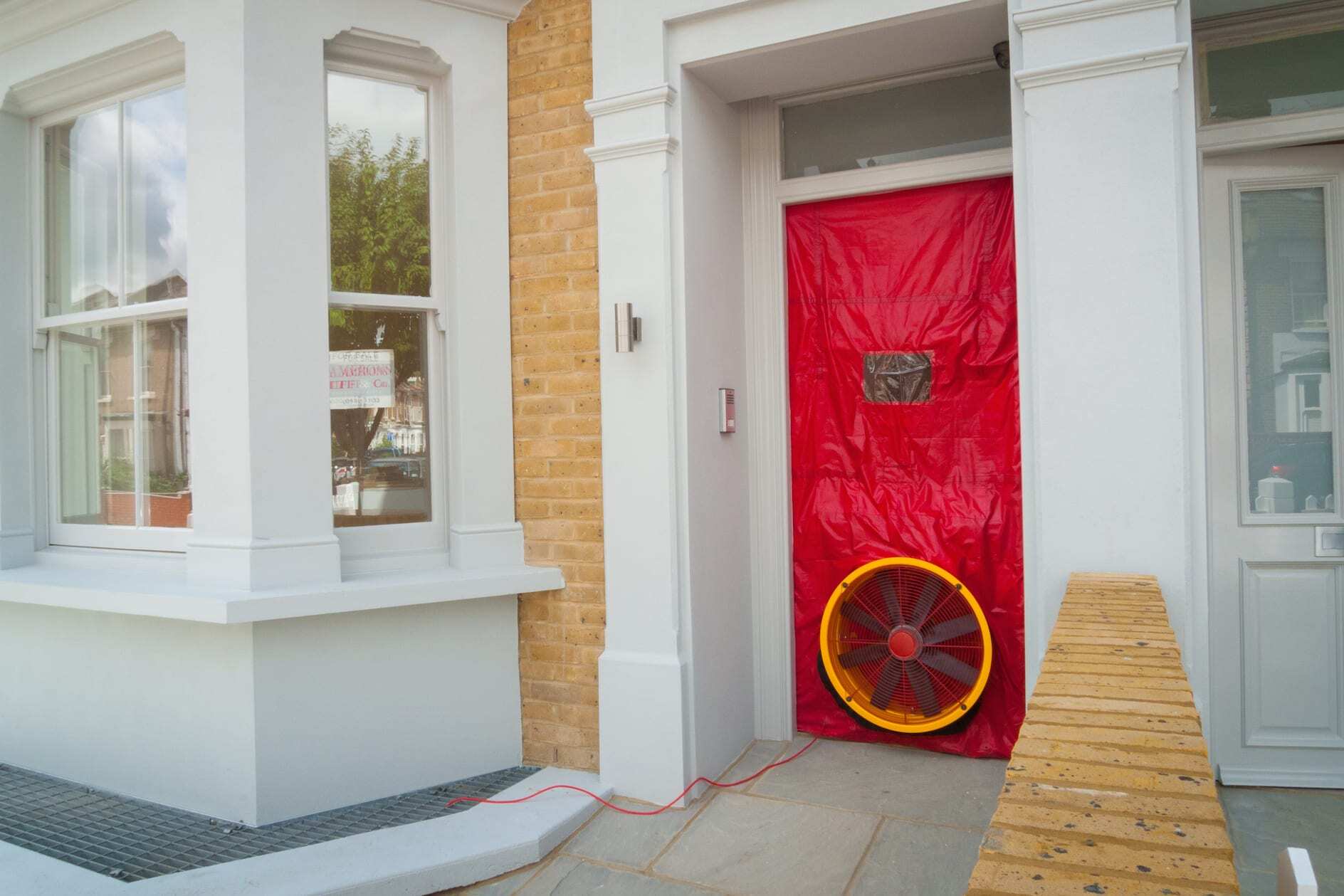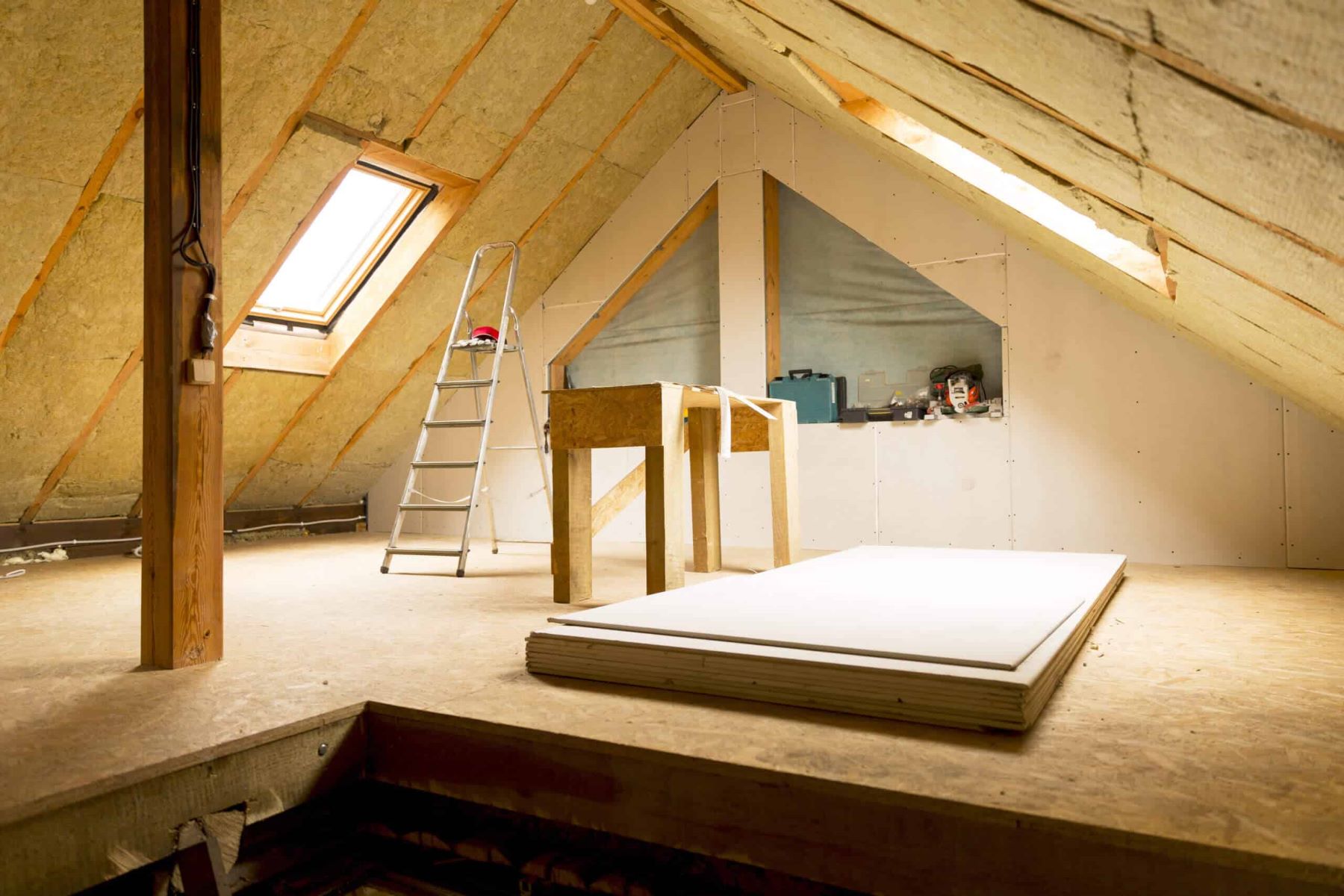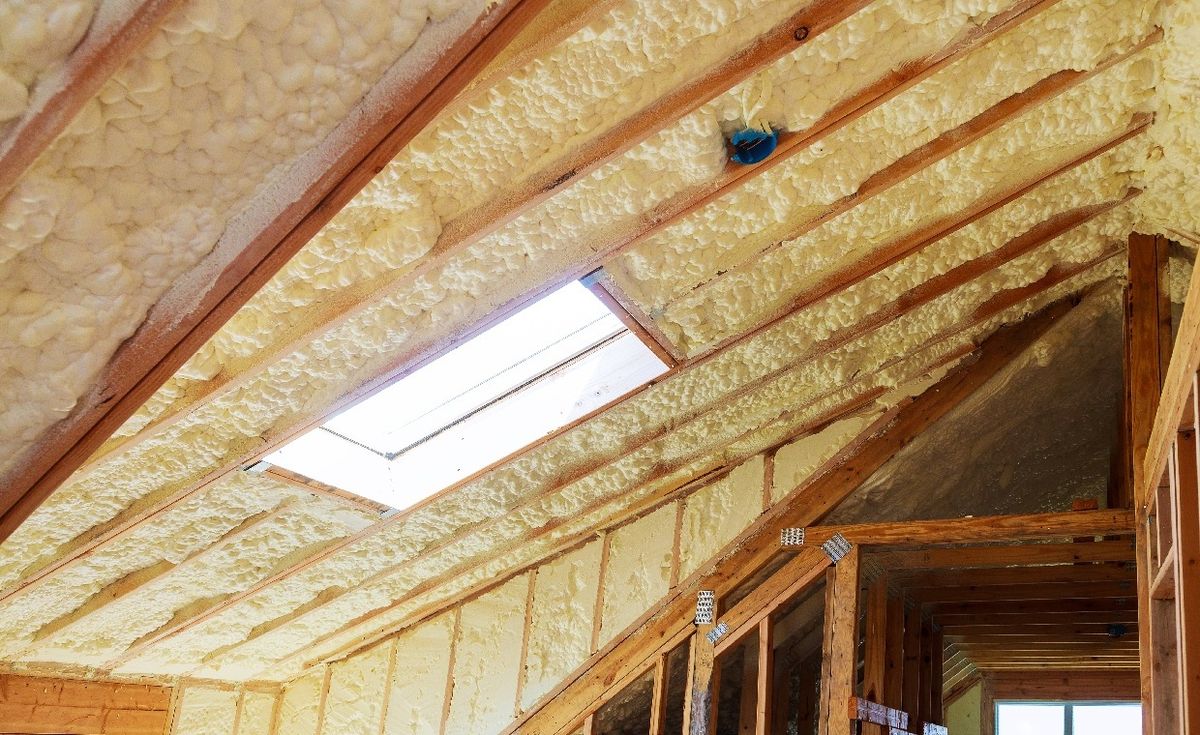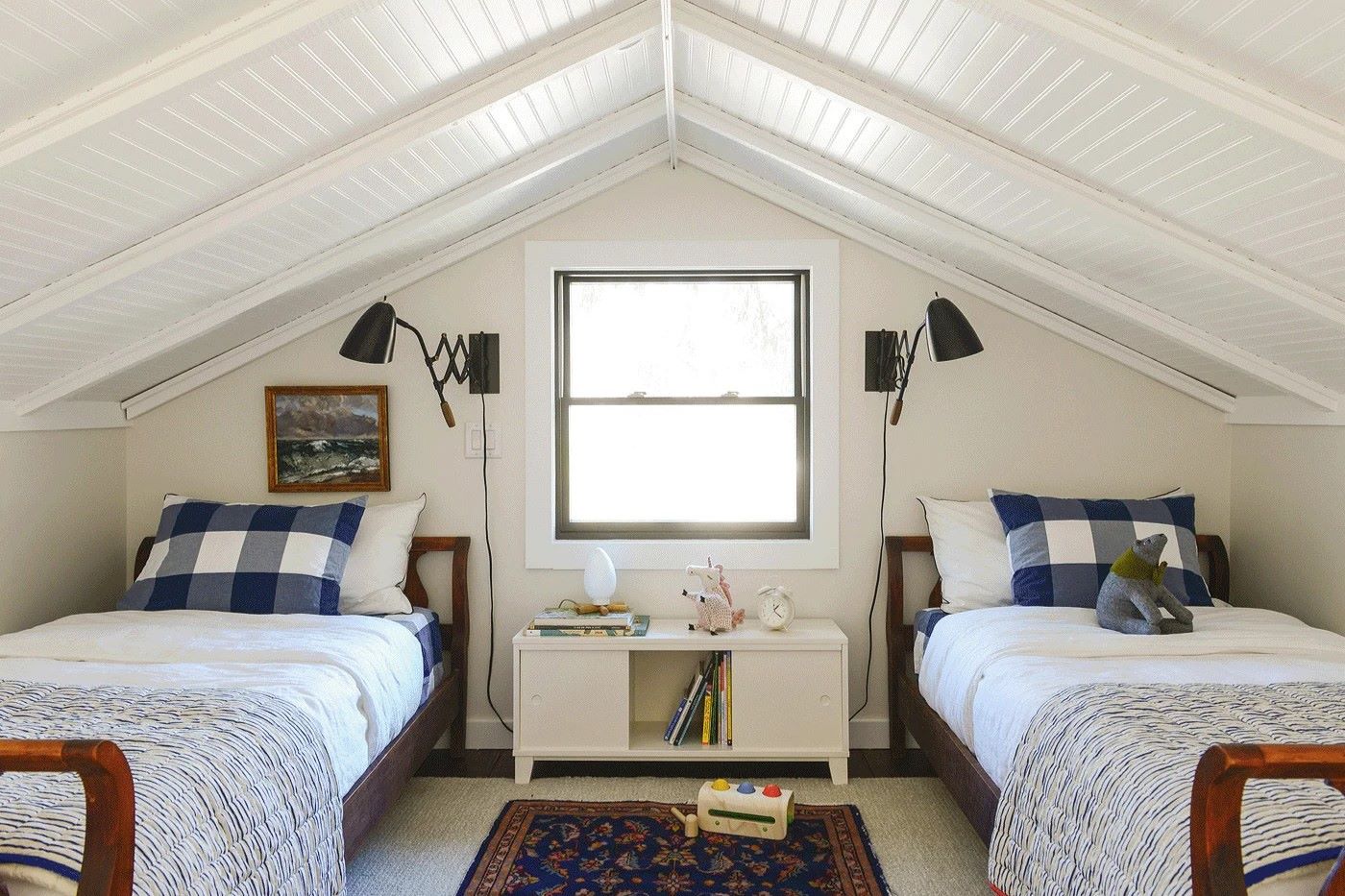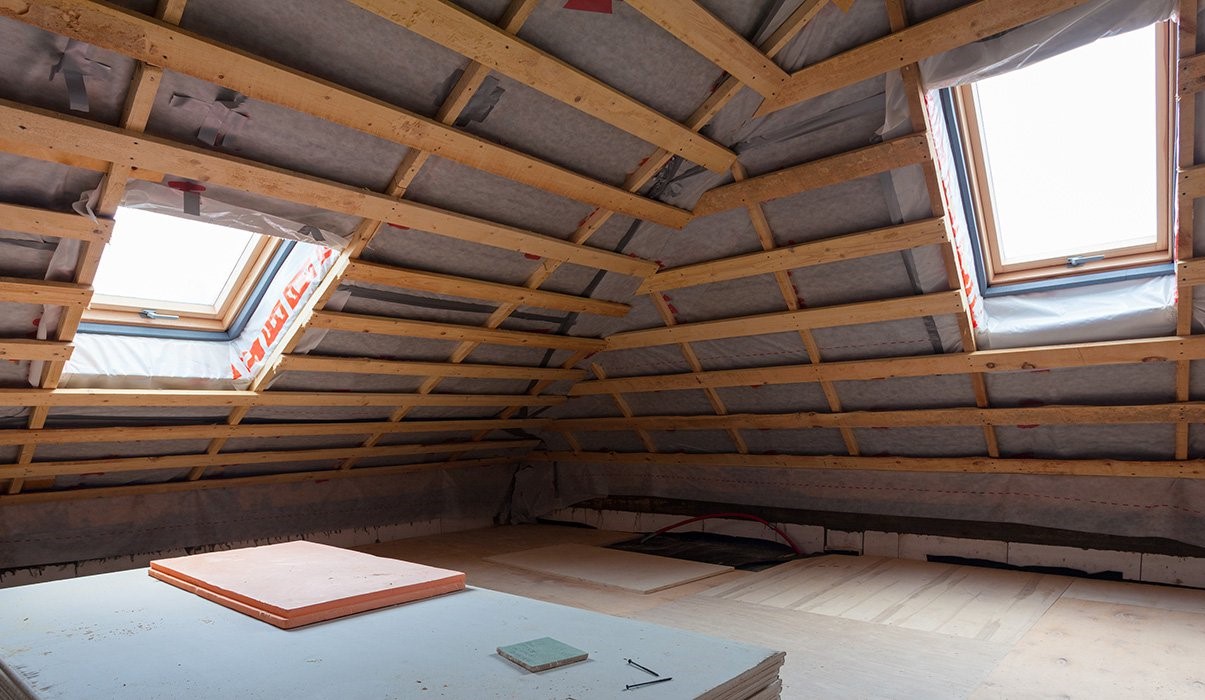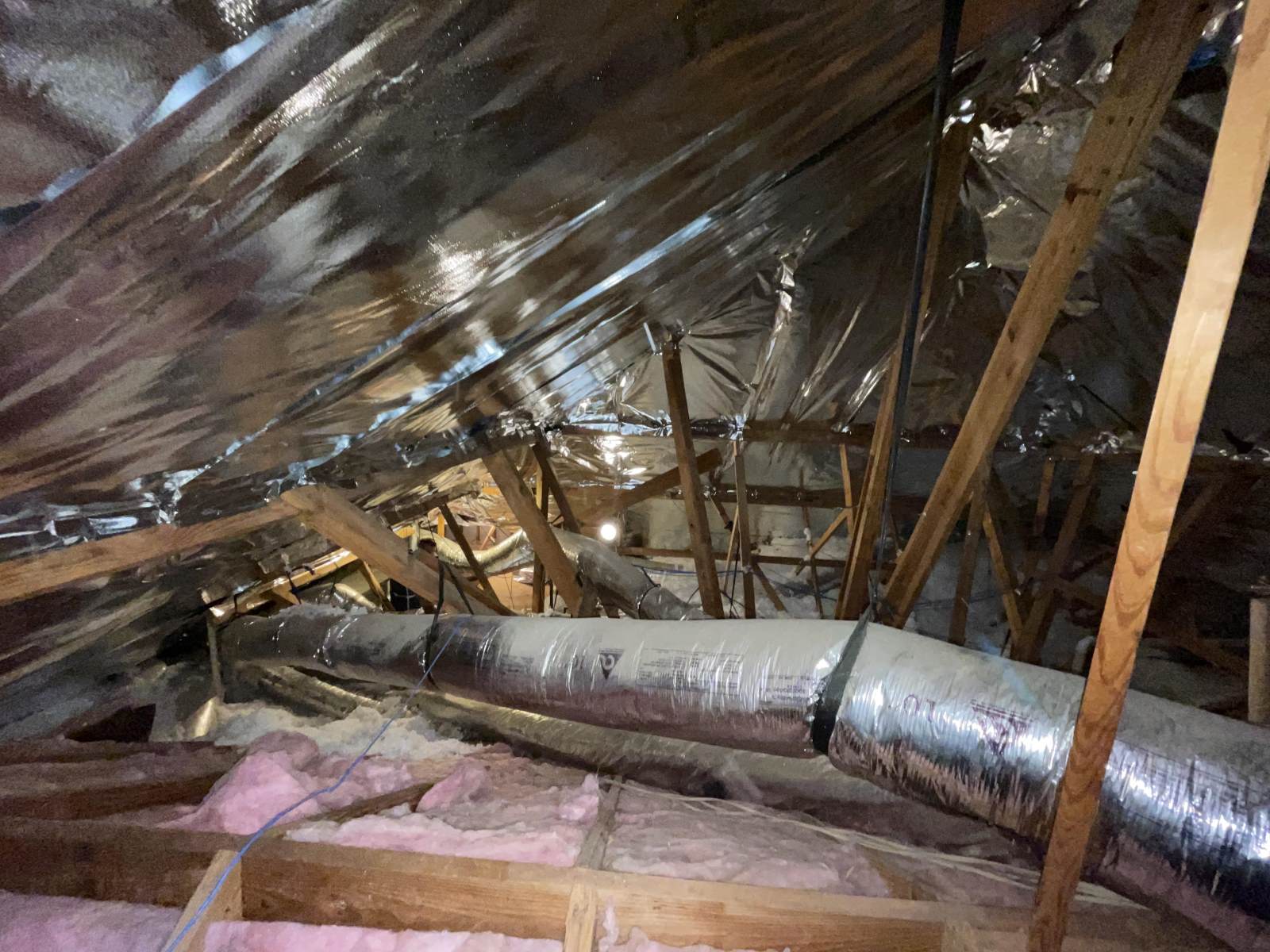Home> Attic Ventilation
Attic Ventilation Essentials: Unearth Secrets to Healthier Homes
Discover the importance of attic ventilation for healthier homes. Learn best practices, solutions, and expert advice on optimal attic airflow.
How To Properly Insulate Your Attic For Energy Savings
By: Henry Campbell • Ideas and Tips
Upgrading Your Home’s Attic With DIY Foam Board Insulation
By: Chloe Davis • Ideas and Tips
Upgrading Your Home’s Attic With DIY Skylight Installation
By: Grace Wilson • Ideas and Tips
Upgrading Your Home’s Attic With DIY Radiant Barrier Paint
By: Isabella Mitchell • Ideas and Tips
